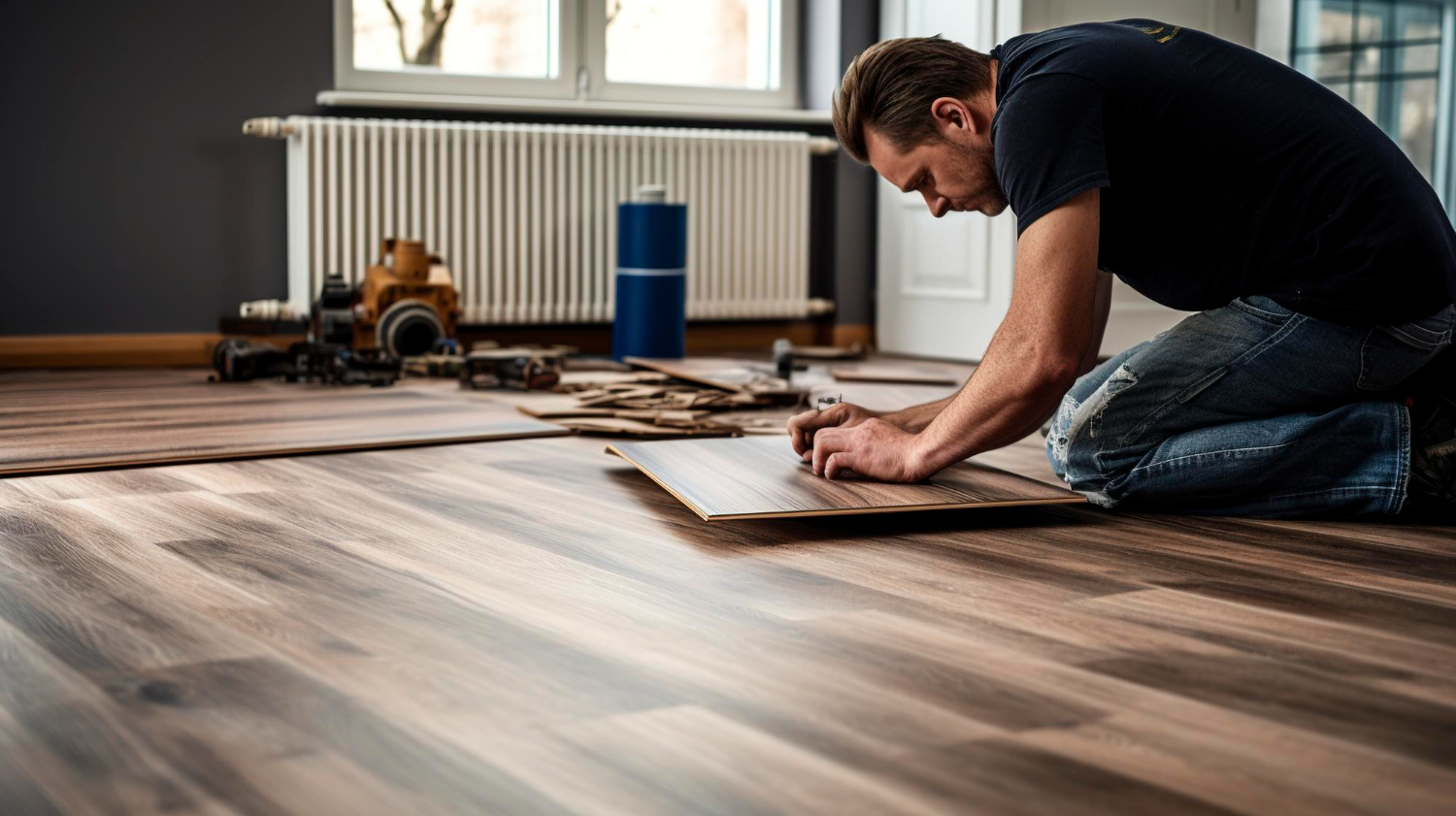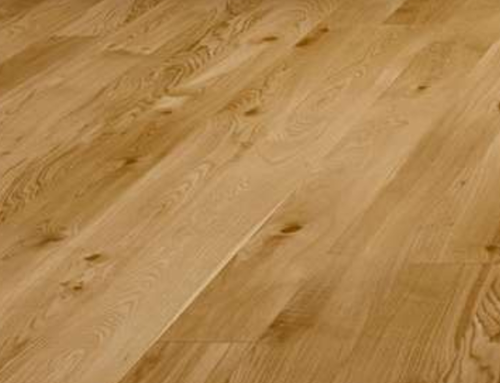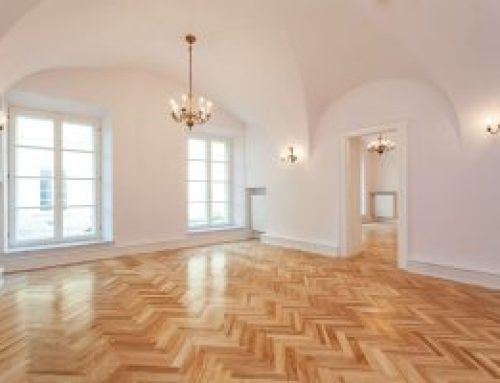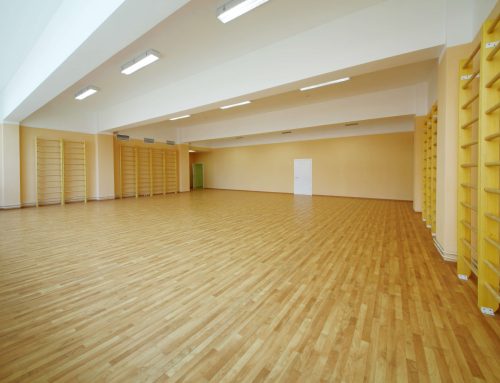Selecting the appropriate type of wood is crucial for ensuring the longevity of your flooring. Hardwoods like oak, maple, and cherry are renowned for their durability and resistance to wear. Softer woods, such as pine, may be more prone to dents and scratches but offer a unique aesthetic appeal.
Understanding the characteristics of different wood types helps in making an informed decision that balances beauty and durability. Floor Sanding Liverpool professionals can guide you through this process to ensure you choose the best wood for your needs.
Preparing Your Floor: Essential Pre-Sanding Tips
Before embarking on the sanding process, preparation is key. Clear the area of all furniture and fixtures to ensure an unobstructed workspace. Inspect the floor for any protruding nails or loose boards that need to be addressed.
Cleaning the floor thoroughly to remove dust and debris is essential, as it prevents imperfections during sanding. Proper preparation sets the stage for achieving a flawless finish.
Sanding Secrets: Achieving a Smooth and Even Surface Wooden Floor Specialist
Sanding is a meticulous process that requires patience and precision. Begin with a coarse grit sandpaper to remove old finishes and imperfections. Gradually progress to finer grits to achieve a smooth, even surface. Move the sander in the direction of the wood grain to avoid cross-grain scratches.
The key is to sand evenly and systematically, ensuring no spots are missed. This careful approach results in a pristine surface ready for finishing. A Wooden Floor Specialist can ensure this process is executed flawlessly, providing professional results.
Choosing the Right Sandpaper Grit: A Guide for Beginners
The choice of sandpaper grit plays a pivotal role in the sanding process. Coarse grits, such as 40 or 60, are ideal for initial sanding to strip away old finishes and level the surface. Medium grits like 80 or 100 are used for smoothing out the surface.
Fine grits, ranging from 120 to 150, provide the final touch, creating a silky smooth finish. Understanding when and how to use each grit ensures a professional-grade result.
Dust-Free Sanding: Techniques and Tools for a Clean Job
Dust can be a significant nuisance during the sanding process. Employing dust extraction systems and using sanders with built-in vacuum attachments helps to minimise airborne particles.
Sealing off the area with plastic sheets can prevent dust from spreading to other parts of your home. These measures not only keep your workspace clean but also protect your health.
Applying the Perfect Finish: Tips from the Pros
The finishing stage is where your floor truly comes to life. Whether you opt for a glossy, matte, or satin finish, the application technique is critical. Apply the finish in thin, even coats, following the wood grain to prevent streaks.
Allow adequate drying time between coats to ensure a durable and even finish. Professionals often recommend light sanding between coats to achieve a flawless result.
Oil vs. Water-Based Finishes: Pros and Cons
Choosing between oil-based and water-based finishes depends on your priorities. Oil-based finishes offer a rich, amber hue and deep penetration, enhancing the wood’s natural beauty. However, they have longer drying times and emit stronger fumes. Water-based finishes dry quickly, have low odour, and maintain the wood’s natural colour.
They are also more environmentally friendly. Weighing these factors helps in selecting the best finish for your needs. Floor Sanding Liverpool experts can provide valuable advice to ensure you choose the right finish for your floors.
Long-Term Care: When to Refinish and How to Do It Right
Over time, even well-maintained floors may require refinishing to restore their original lustre. Signs that it’s time to refinish include visible wear, scratches, and dullness. The refinishing process involves sanding down the old finish and applying a new one.
This task is best left to professionals to ensure a smooth and even result. Regular refinishing extends the life of your floors and keeps them looking pristine.
Preventing Moisture Damage: Expert Tips for a Dry and Healthy Floor
Moisture is the nemesis of wooden floors. To prevent moisture damage, wipe up spills immediately and use a damp mop for cleaning rather than soaking wet. In areas prone to moisture, such as kitchens and bathrooms, consider using moisture barriers or rugs.
Installing proper ventilation and using dehumidifiers can also help to keep your floors dry and healthy. Preventative measures are crucial in safeguarding your investment.
Investing in Professional Care for Lasting Beauty
The longevity and beauty of wooden floors are directly linked to the care they receive. By following these specialist hacks and investing in professional maintenance, you can ensure that your floors remain a stunning feature of your home for years to come.
The blend of regular upkeep, informed choices, and timely interventions creates an enduring legacy of elegance underfoot. Floor Sanding Liverpool services can help maintain your floors’ pristine condition. For more information, Contact Us today.





